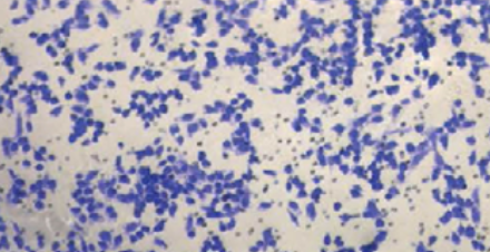A novel autophagy-related subtypes to distinguish immune phenotypes and predict immunotherapy response in head and neck squamous cell carcinoma
DOI:
https://doi.org/10.17305/bb.2023.9094Keywords:
Head and neck squamous cell carcinoma (HNSCC), immune phenotype, immunotherapy, tumor microenvironment (TME), tumor mutation burden (TMB)Abstract
Both the absence of autophagy and excessive autophagy is double-edged sword in tumorigenesis. Due to the specificity of autophagy, its role in head and neck squamous cell carcinoma (HNSCC) is still unclear. In this study, we established five autophagy-related patterns in 1165 HNSCC patients with distinct cellular and molecular characteristics. Additionally, we developed a new scoring system (ATPscore) based on the differentially expressed genes (DEGs) among these five patterns, to represent the individual autophagy regulation pattern. ATPscore was shown to be significantly correlated with tumor immune microenvironment (TIME) infiltration, immune phenotypes, molecular subtypes, and genetic variations. We further found that ATPscore was both an independent prognostic factor and a potent predictor of clinical response to immune-checkpoint inhibitors (ICIs) based immunotherapy. We further verified the value of key gene SRPX in ATPscore in HNSCC cell lines with the in-depth research of ATPscore and found that it is closely related to immune subtypes, molecular subtypes, and immune activation-related markers. Our research could help us to understand the underlying mechanisms of tumor immunity and provide a solid foundation for combination of autophagy-targeted therapies with immunotherapies for clinical application in HNSCC.
Citations
Downloads

Downloads
Additional Files
Published
Issue
Section
Categories
License
Copyright (c) 2023 Bo Ma, Hui Li, Mingzhu Zheng, Rui Cao, Riyue Yu

This work is licensed under a Creative Commons Attribution 4.0 International License.
How to Cite
Accepted 2023-05-24
Published 2023-11-03









